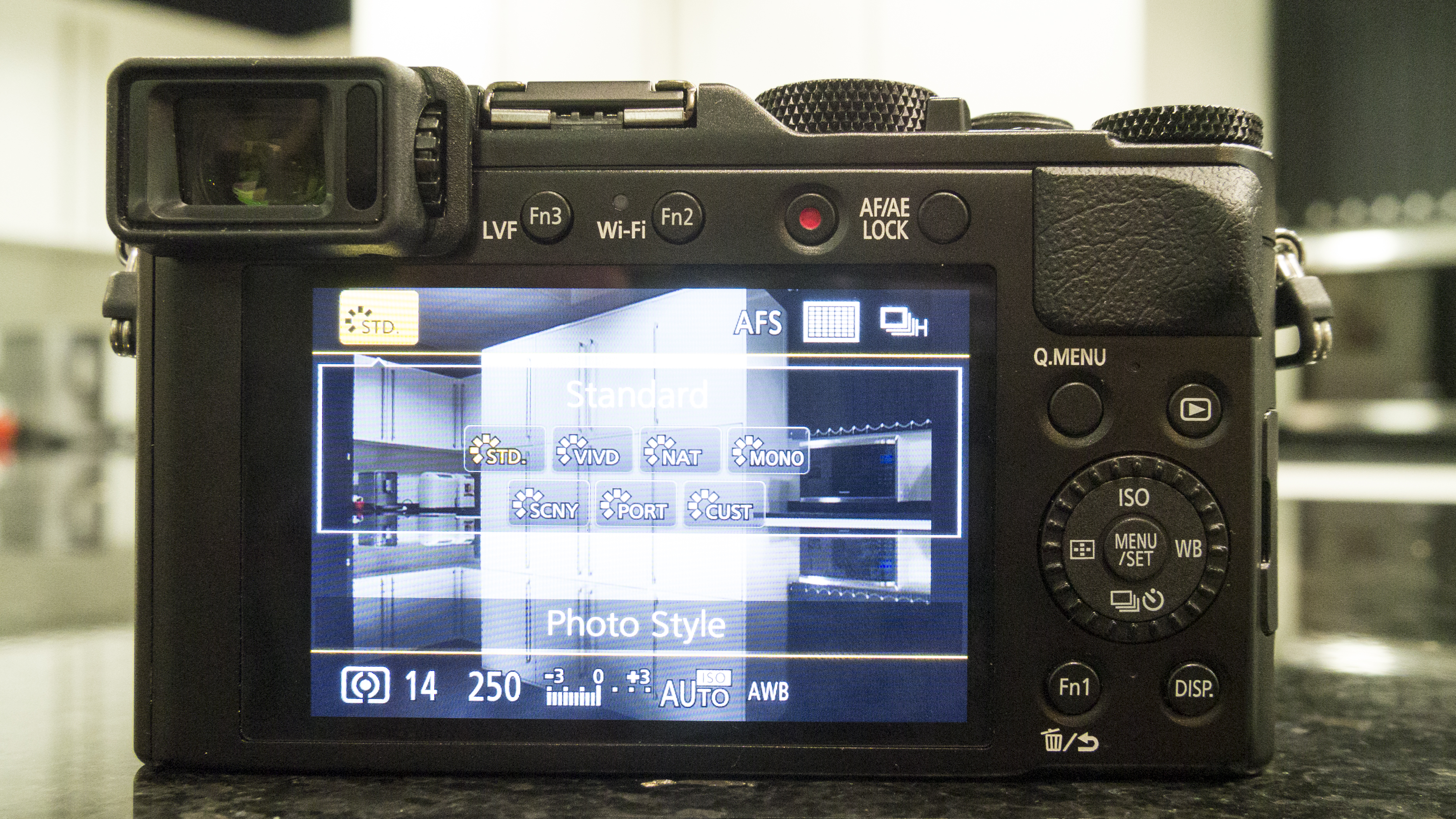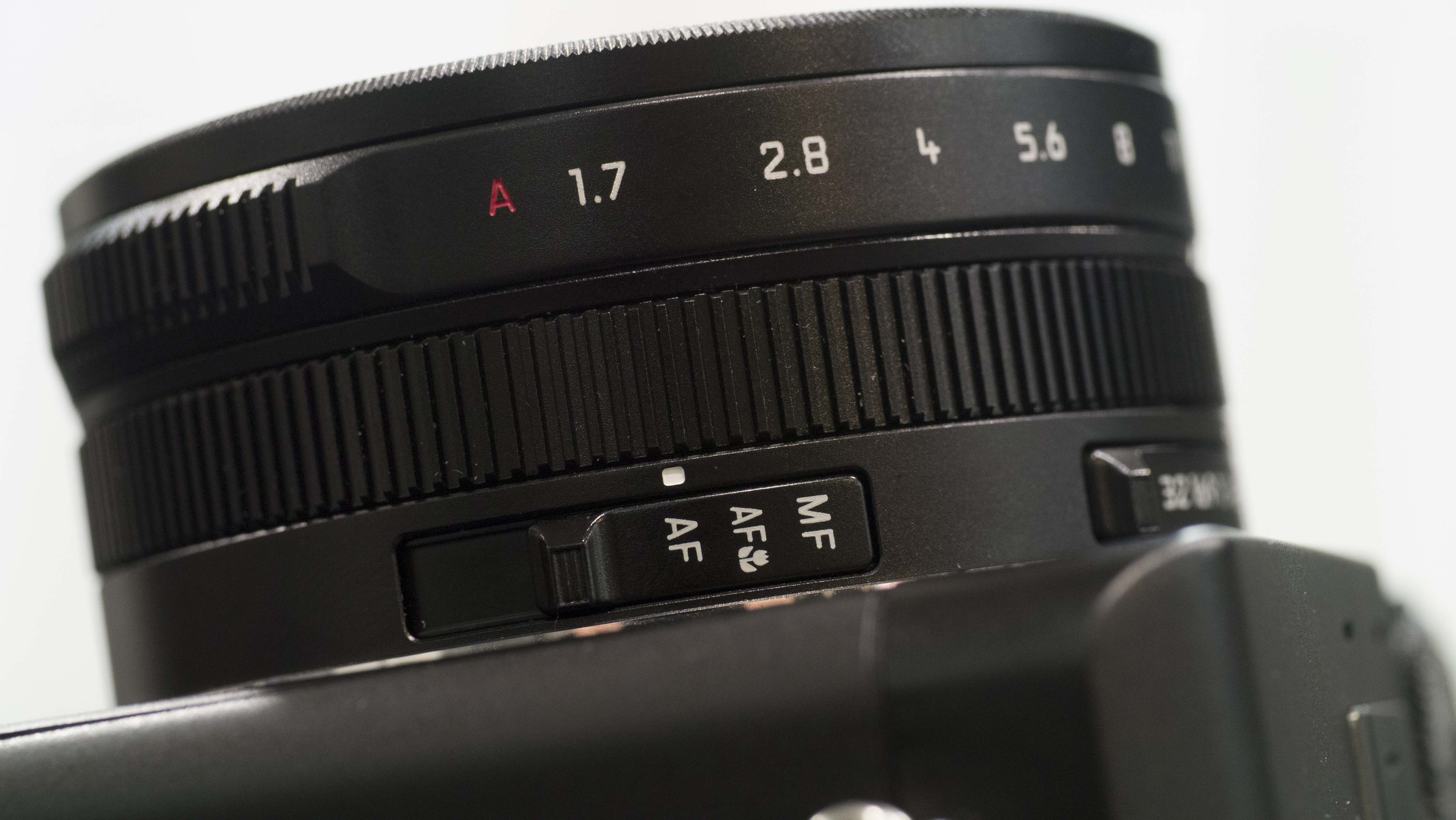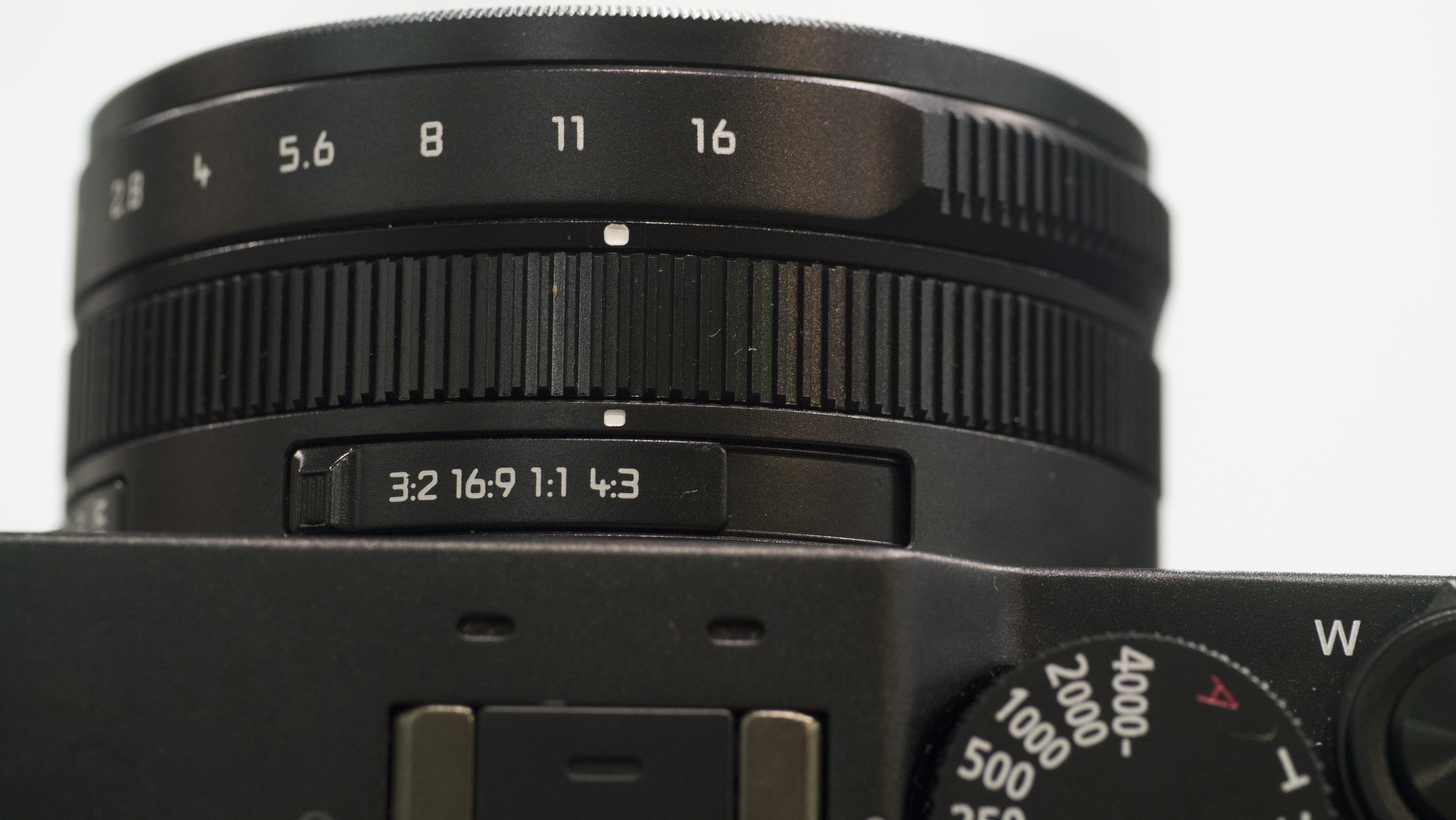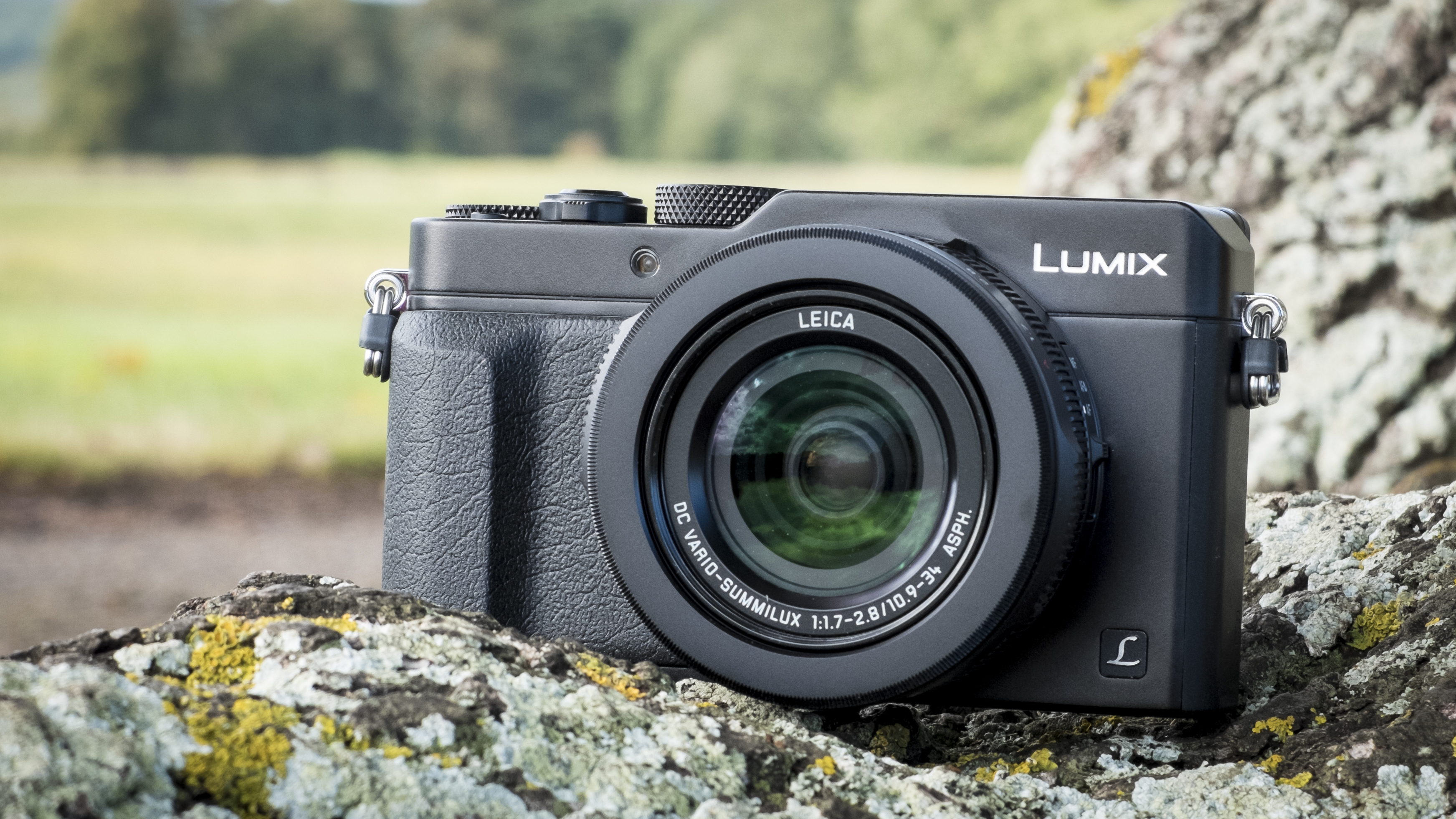Why you can trust TechRadar
While we have seen the LX100's sensor in action before in the GX7 and GM1, we haven't seen it working as a 12 million-pixel unit as it does in the LX100.
The results from the LX100 are impressive, and shots taken in daylight have plenty of detail, pleasant colour and a natural level of sharpening. One of the benefits of having a Four Thirds type sensor instead of a 1/1.7-inch device is that there's much greater control over depth of field so it's possible to isolate the subject more effectively than with compact cameras with smaller sensors.
As usual, pushing up the sensitivity level reduces image quality and images taken at the maximum setting (ISO 25,600) are best viewed at a fairly small size.
At the default settings the noise reduction that's applied to JPEGs taken at ISO 25,600 gives out of focus details a rather 'splodgy' appearance. Even at around 8x10 inches they have a slight watercolour look to them – but that's not unusual. Raw files that have been processed to find a balance between noise reduction and detail look better, but the more granular quality to the noise makes it more visible. Switching off noise reduction completely results in images that have coloured speckling visible at normal viewing sizes.
But that's at ISO 25,600. Drop down to ISO 6400 and the situation is much improved. I'd still recommend shooting raw files so that you can perform bespoke processing, but that's the same with every camera. The results at ISO 1600 and below are very good indeed.

Even in fairly low light, the LX100's autofocus system gets subjects sharp quickly and accurately. It's only in very low light that it starts to struggle. The Tracking mode also does a decent job of following subjects around the frame and, when Continuous AF mode is selected, it manages to keep it sharp when the focus distance changes - even in quite poor light.
Although the LX100's Intelligent Multiple metering system performs well in many situations, I found that it tends towards quite bright images and on more occasions than I have in recent times with other cameras, I reduced the exposure by 1/3 or 2/3EV to preserve more of the highlights or produce more saturated colours.
I also noticed that when the Zebra display was set to 100% to indicate areas that will be white, it quite often overstated the case, making it look like larger areas of the scene will be white than actually are.

Panasonic has invested a lot of effort in getting the LX100's lens down to an acceptable size for a compact camera. It's a high quality optic, sharpness is maintained admirably across the frame and distortion is controlled well. However, it's a shame that there's no hood because the lens is quite prone to flare. In some cases a hand can be a sufficient shield against the sun, but it would be easier for this to be done by a hood fitted on the end of the optic. When the sun is in the frame the level of flare is really quite dramatic and lights spots and coloured patches become visible.

Panasonic's automatic white balance systems are generally very good and the one in the LX100 doesn't disappoint. It produces natural looking images that reflect the atmosphere of the scene in a wide variety of situations. However, as is often the case it tends to produce rather warm looking images in some artificial lighting and a custom setting is the best option.
Panasonic makes it very easy to set this, just access the white balance options by pressing the shortcut button (right navigation key by default) then scroll along to one of the three Custom White Balance icons and press the up navigation key as instructed by the display on the screen. This highlights a rectangle on the screen or in the viewfinder which needs to be held over a white or neutral target while the Set button is pressed.
